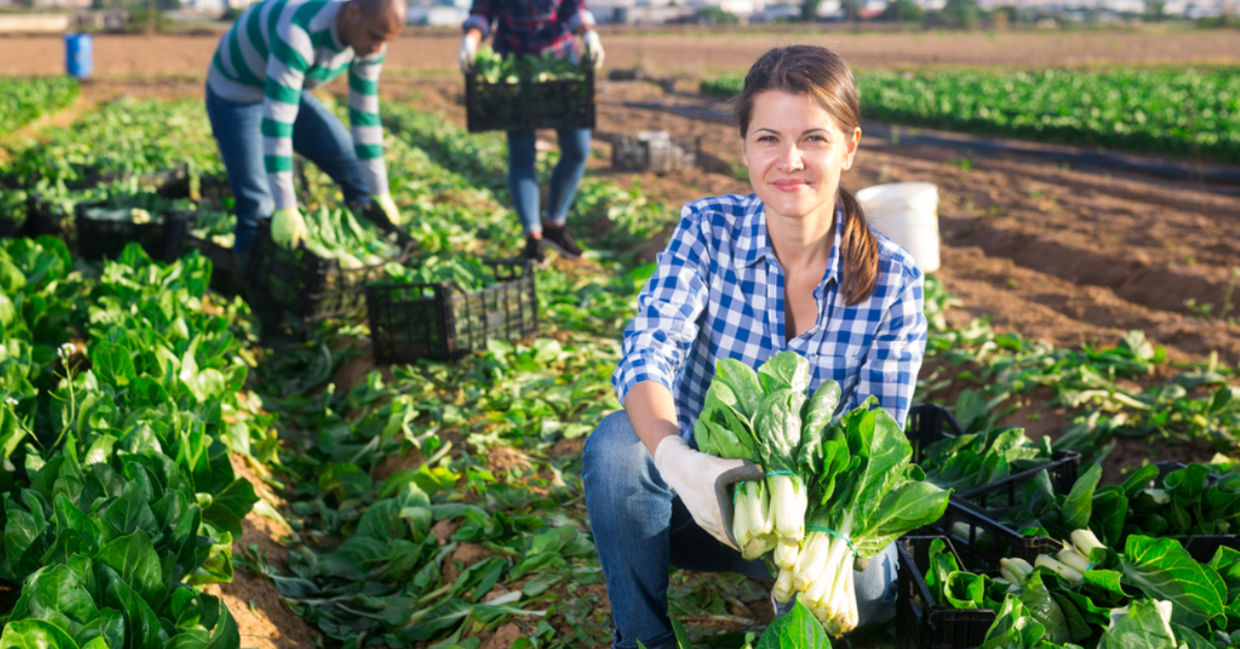
(BearFotos / Shutterstock.com)
Looking for a rewarding volunteering activity? Get outdoors and glean! Picking fresh, healthy produce that is donated to food banks is a win-win activity and is gaining popularity across the globe.
Gleaning is not a new concept. It dates back to biblical times, when farmers would leave the edges of their fields unharvested for the poor. And in 18th-century England, there was a law that granted unharvested crops to the poor, according to Positive.News.
These days, there is a lot of produce that sits in the fields after harvest. This is due to overproduction on the part of the farmers. They will usually plant too much or will leave produce that looks imperfect. Unfortunately, much of this produce is either left to rot in the field, or is plowed over.
Gleaning offers farm fresh, healthy food for food insecure people
That is where gleaners come in. Gleaning addresses farm waste and food poverty by providing free healthy food donated straight from farm to table. And today, with a cost of living crisis, there are more hungry people. Interest in gleaning is growing; in 2017, there were five gleaning groups in the UK, while today there are 25.
Holly Whitelaw, a coordinator for the Cornwall Gleaning Network, reported to Positive. News that her volunteers send around 300 crates a week to food banks and community kitchens in her area. The boxes come complete with recipe ideas and the kitchens love the fact that this fresh food is so highly nutritious. Last year, her volunteers gleaned zucchinis, broccoli, potatoes, squash, beets, and cabbages from fields belonging to 20 farmers.
Gleaners find the work very fulfilling. “It’s a really jolly atmosphere,” Whitelaw told Positive.News. “Any time I go gleaning, I am lifted up. For the volunteers, it’s so good for mental health, getting outside and doing something practical that’s good for the planet.”
A call for help recently went out on Orcas Island in the State of Washington, according to The Islands’ Sounder. A farmer, whose harvest was abundant, asked for gleaners to come and pick.
Adding technology to this age-old practice, cartographers provided a digital map of the 734 fruit trees available for gleaning. This produce is going to the Orcas Island Food Bank which has witnessed a 227 percent increase in demand since the pandemic, with numbers still on the rise.
Food rescue around the world
To assist the increasing amount of hungry people, produce is being rescued from fields and orchards around the world. A prime example of a successful organization is Leket Israel. In 2021, Leket rescued 40,758,000 pounds of fruits and vegetables from farmers’ fields and packing houses.
Using a fleet of refrigerated trucks, Leket transports rescued food across the country and distributes it to those in need. According to Leket, their gleaned food nourishes 263,000 Israelis in homeless shelters, schools for at-risk youth, soup kitchens, elderly centers, and battered women centers.
Hopes are that awareness will continue to grow. To make this happen, more alliances need to be established with farmers and more people need to volunteer their time to help. This form of helping may soon become as commonplace as local charity walks, predicts Positive.News.
From farm to table, gleaning is a meaningful experience; it is rewarding for volunteers who harvest in the fields and it offers fresh and nutritious food to those who need it the most.
YOU MIGHT ALSO LIKE:
Retiree Volunteers Find 10 Apple Varieties Thought to be Extinct
Truck Drivers in Indiana Can Now Donate Rejected Food Shipments
Father and Son Help Homeless People One Meal at a Time







